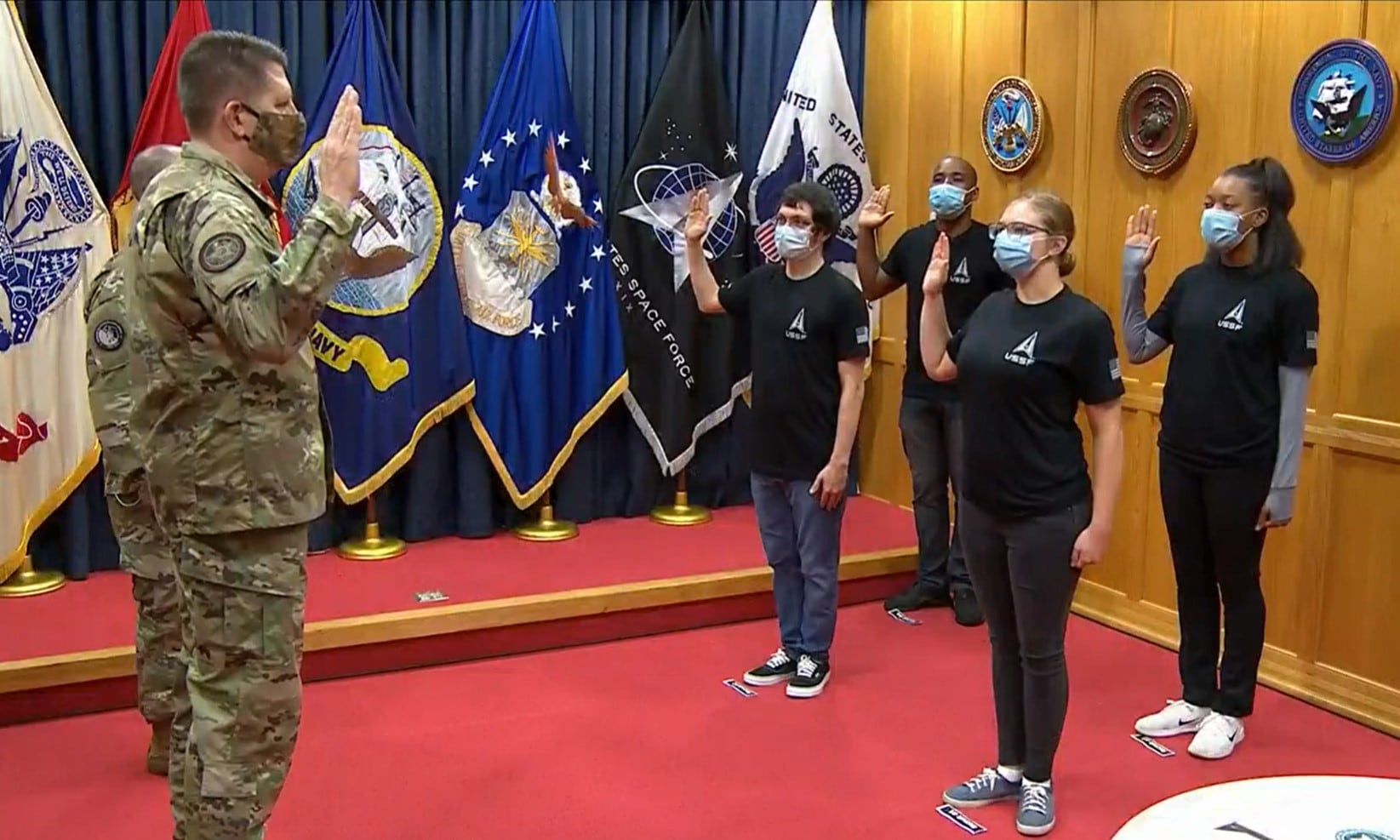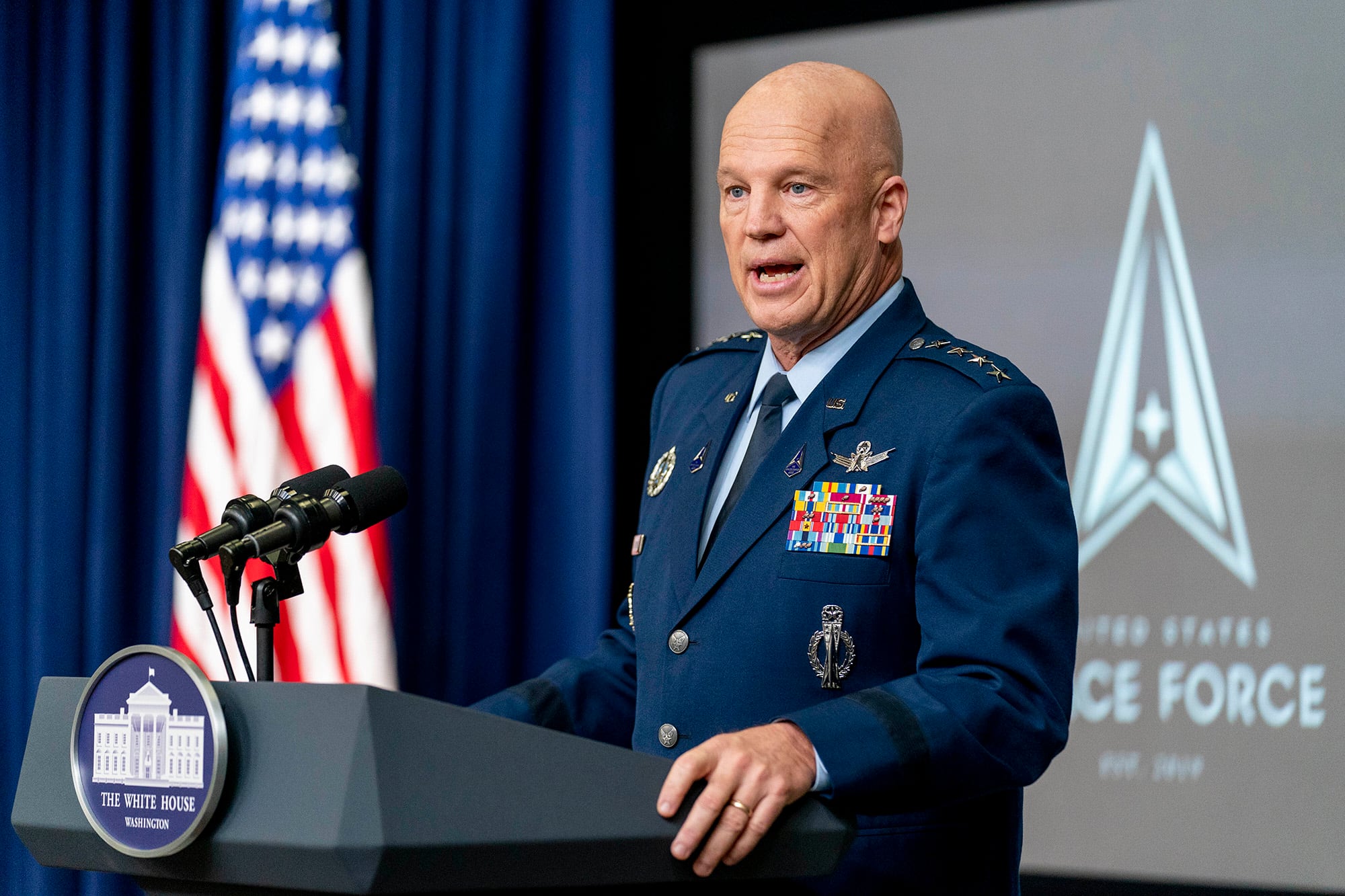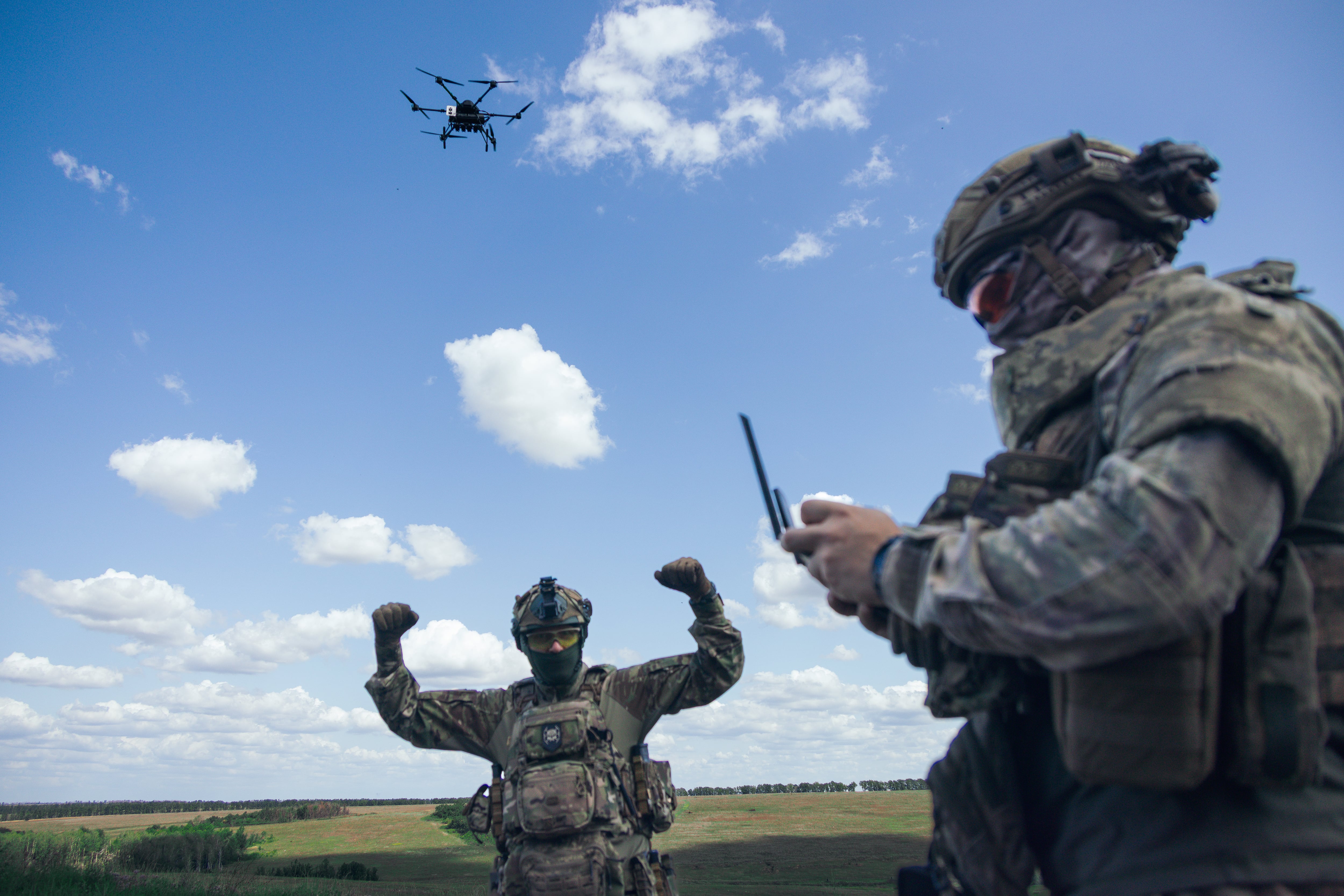The Air Force’s Test Pilot School on April 6 graduated its first 15 space testers from a new three-month program, broadening the school’s role in educating a new generation of experts in the field as their role evolves.
The space enterprise is no stranger to the schoolhouse at Edwards Air Force Base, California, which has trained astronauts, shuttle specialists and space mission systems testers. But the Space Test Fundamentals course offers an expanded opportunity to learn about the job than in previous courses, without an air-centric lens.
“There is no space analog to the Test Pilot School that presents a broad education — in this case, preparing space professionals to become government testers,” course manager Andrew Freeborn said Monday.
In the classroom, students learn about testing fundamentals, like writing a test report; space sciences; and a final capstone where each person builds and executes a test plan, then presents the analysis. They also had nearly 50 visits with companies like SpaceX, operational bases like Schriever AFB, Colorado, and Vandenberg AFB, California, and the Air Force Research Lab’s space systems branch at Kirtland AFB, New Mexico.
RELATED

The coronavirus pandemic forced the class to rely largely on textbooks and Zoom instruction rather than hands-on training, but students were able to fly gliders and a Cirrus plane for more insight into test validation.
“We did come out of there with a mindset shift, using [the] ‘predict, test, validate’ mentality,” said Lt. Col. Morgan Sparks, a graduate of the course and director of developmental test and evaluation for the Space-Based Infrared System missile-warning satellites. “It really goes back to that formal education for test and evaluation for the space systems.”
With the creation of a Space Force, officials are growing more concerned that American satellites and other military space assets must be able to withstand enemy signal jamming, a cyberattack, or a missile launch. That focus on space as a domain that could become a battleground like any other is spurring systems testers to take a harder look at cybersecurity and other potential vulnerabilities in new technology.
“You have to worry about things like survivability now that we might have ignored, from a warfighting perspective, in the past,” Freeborn said.
Modern space testing also promises to be more streamlined than in the past, combining multiple rounds of vetting to deliver a spacecraft or rocket faster.
Fifteen officer, enlisted and civilian students graduated in the first cohort this month, and a second group will start May 24. A third class of 15 is planned for later this year, totaling 45 space test students in 2021.
RELATED

The school is talking to Space Force headquarters about growing class sizes, with tentative plans to significantly expand the program in the future, Freeborn said.
Early classes are designed to bring in people from the operations, engineering and acquisition communities who will work directly with the space enterprise, but the schoolhouse wants to keep one or two seats open for people in other lines of work, like fighter pilots or mechanical engineers. Space Test Fundamentals will welcome its first Army officer in May as well.
“For this first time out, as Space Force is trying to build out their test community, they really want to make sure that the people that we put through the class will have a chance to impact the space [test and evaluation] community,” Freeborn said.
Graduates will land on a list for priority consideration for Space Force test and evaluation jobs as the service shapes that future workforce.
But should the program shed the “pilot” moniker as it looks higher than the skies? For now, it will remain.
“We haven’t been solely the Test Pilot School since about 1971 or ’72. We’ve had navigators and combat system operators and engineers, RPA pilots,” Freeborn said. “There have been discussions along those lines, but I’m not sure where they’re going to go yet.”
Rachel Cohen is the editor of Air Force Times. She joined the publication as its senior reporter in March 2021. Her work has appeared in the Washington Post, the Frederick News-Post (Md.), Air and Space Forces Magazine, Inside Defense, Inside Health Policy and elsewhere.





